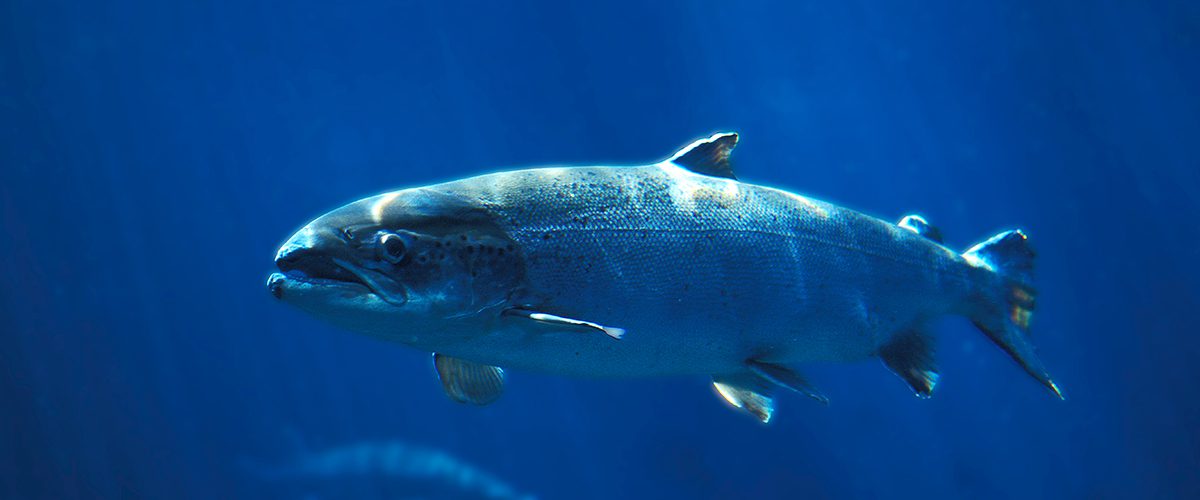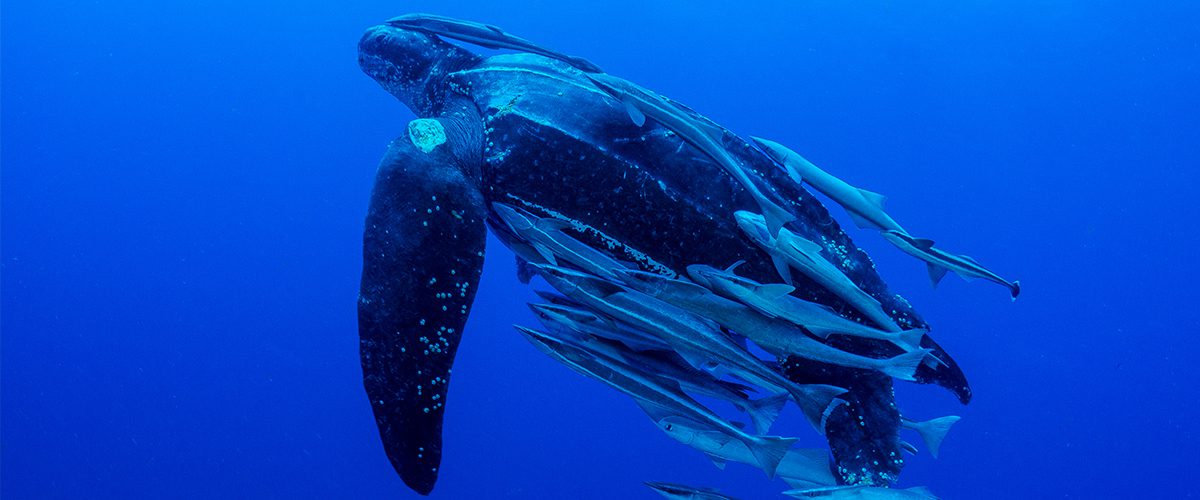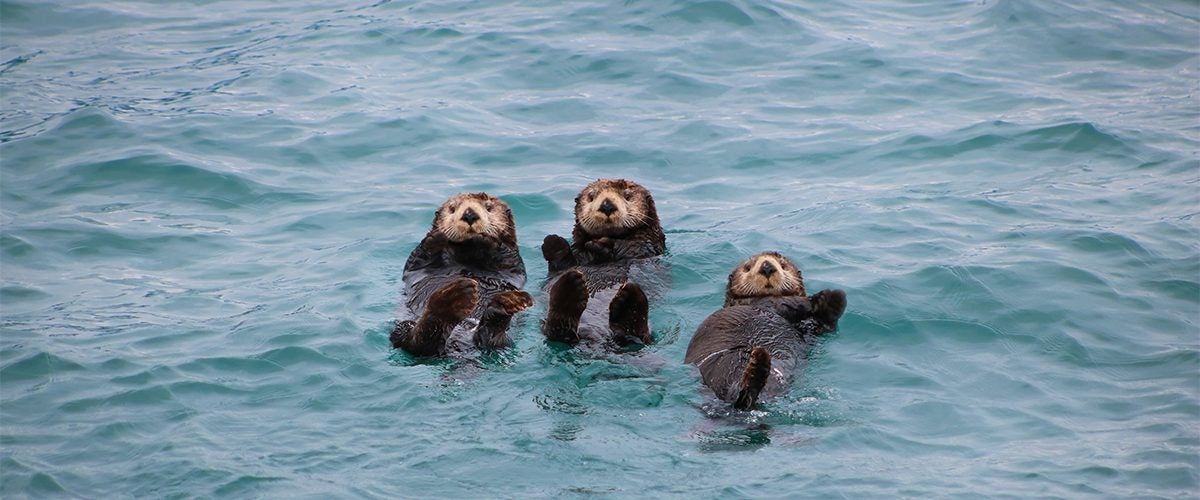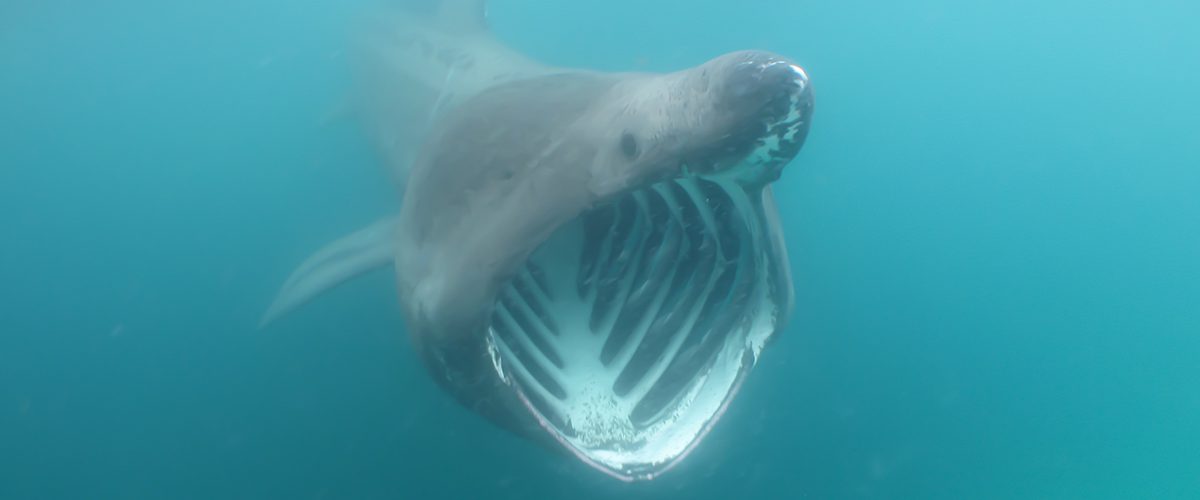March 11, 2022
Five endangered ocean animals that live in Canada
Estimated reading time: 0 minutes
There are many amazing animals that call Canada’s oceans home, but waters off our coasts are filled with serious threats that deplete populations of marine life. The threats facing these five ocean animals are so serious that they are all endangered. That’s why protecting the oceans in Canada is so important. If you aren’t already on our team to save the oceans, join us here, and read on to find out about these iconic endangered animals.
North Atlantic right whales
North Atlantic right whales are one of the most endangered species in the world. They were devastated by whaling in the 19th century, which is likely how they got their name – for being the “right” whale to hunt. In the 1990s, North Atlantic right whales hit a population low of 270 animals. Since then, they’ve started making a fragile recovery, but their numbers have started to drop again due to entanglements in fishing gear and getting hit by ships. Today there are only around 330 remaining.
Help protect them by signing this petition >>

Atlantic salmon
Atlantic salmon are an iconic fish of the northern Atlantic Ocean and they once supported large fisheries throughout their range. They are known for their long, annual migrations from the ocean, up-river to freshwater environments where they spawn and lay eggs. In the past few decades, many wild populations of Atlantic salmon have all but disappeared, yet they remain one of Canada’s largest fish exports due to salmon farming, particularly on the Pacific coast of Canada.

Leatherback sea turtle
Did you know that leatherback sea turtles have been swimming around in the world’s oceans for more than 90 million years? They’ve existed in their current form since the time of the dinosaurs! Despite surviving relatively unchanged for millions of years, the world’s largest reptile is now considered endangered in Canada. It is estimated there are fewer than 30,000 nesting females worldwide today due to the destruction of nesting beaches, harvesting of eggs and being caught as bycatch, which is when marine life is unintentionally caught by a fishery.

Sea otter
Sea otters are one of the smallest marine mammals and the furriest. They have the densest fur of any animal on Earth – with an estimated 100,000 hairs per square centimetre. Their fur ranges in colour from a rusty brown to black and it is their primary protection from the cold water that they live in. Their fur is so desirable that the fur trade nearly led them to become extinct. Although sea otters are no longer targeted by the fur trade, they still face threats such as bycatch, entanglement in fishing gear, pollution and decreases in food sources, such as abalone.

Basking shark
Basking sharks can reach lengths of 12 metres, giving an intimidating impression but they are harmless to humans. As filter feeders, they eat plankton and small crustaceans. Basking sharks were historically targeted in Canada for liver oil by fisheries that operated in the 1940s. There was also an eradication program in western Canada in the 1940s and 1950s led by the government in response to the belief that they were a nuisance to commercial salmon fishing operations. Not surprisingly, these efforts are believed to be responsible for the near disappearance of basking sharks off the west coast of Canada.
There are many endangered species that call Canada home. You can learn all about them in Oceana Canada’s Marine Life Encyclopedia.

